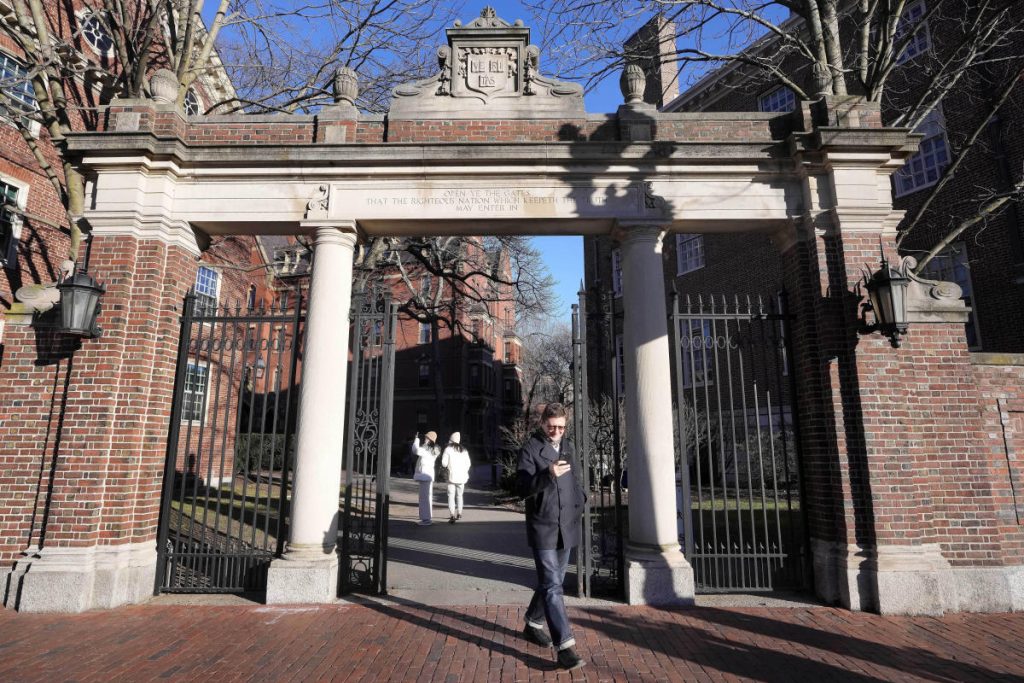As college tuition costs continue to rise, many private colleges in the United States are setting sticker prices of more than $90,000 for the upcoming academic year. However, for many students, the actual cost may be significantly lower thanks to generous financial aid programs offered by these institutions. Colleges with large endowments are increasingly focused on making higher education more accessible to students from lower-income families, with some families paying as little as 10% of the advertised rate. This means that attending a selective private college may end up being cheaper than attending a state institution for some students.
Despite the availability of financial aid programs, many prospective college students are facing delays and anxiety due to major problems with the rollout of a new online form by the U.S. Department of Education. This form is used by colleges to determine financial aid offers to students, and technical issues and stringent identity verification requirements have led to chaos in the aid application process. Financial aid expert Mark Kantrowitz warned that a significant drop in aid applications could result in lower enrollments and could even threaten the closure of some institutions.
Phillip Levine, a professor of economics at Wellesley College, emphasized that students should base their educational decisions on the actual cost they have to pay, rather than the sticker price. While some colleges are advertising costs of over $90,000, many students receive significant financial aid that reduces their expenses by two-thirds or more. Levine’s research has shown that the amount lower-income students are paying at elite institutions has actually been declining over the past few years, but the perception of high costs may deter some students from applying to these schools.
Despite the high sticker prices, colleges like Harvard University and Wellesley College have reported that they are able to offer generous financial aid packages due to their sizable endowments. Harvard, for example, states that the average parent contribution is just $13,000, and nearly a quarter of families pay nothing at all. While the average advertised costs for private nonprofit colleges last year were around $60,000, students attending public institutions paid considerably less. The average unmet need for students at four-year colleges is about $10,000 per year, leading some families to borrow or find other sources of funding to cover expenses.
Financial aid expert Mark Kantrowitz believes that a college education is a good investment for students, as long as they borrow in moderation and complete their studies. He emphasizes that dropping out of college without obtaining a degree can lead to financial struggles, as students may have debt without the credentials needed to secure well-paying jobs. Overall, despite the high costs associated with attending college, the potential benefits of obtaining a degree are significant, with higher earning potential and career opportunities compared to those without a college education.


